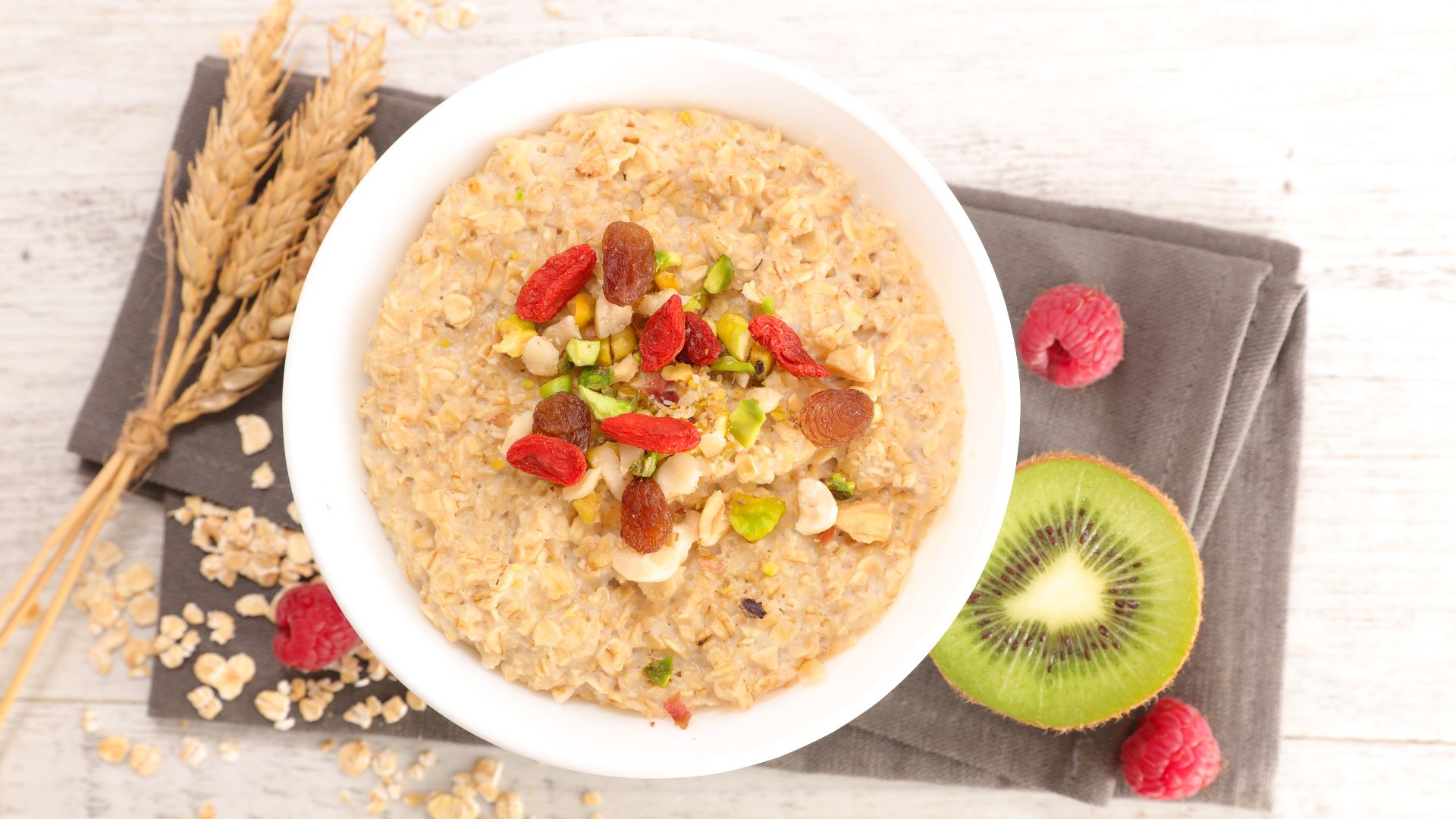Oats: a humble grain yet packed with nutrients and potential. But how many of us truly know how to unlock the full potential of this powerhouse ingredient in our kitchen? This article will delve into the world of oats cooking techniques, offering insights and tips that’ll transform your oatmeal game.
So, get ready to embark on an oat-filled culinary journey that’s bound to change the way you look at this versatile grain.
Oats Cooking Techniques
In a world of culinary diversity, understanding the nuances of cooking oats revolutionizes both your taste experience and nutrition intake. The exploration of oats cooking techniques, as promised in this article, opens the pathway to mastering oats’ adaptability. Let’s delve into the basic boiling method and the convenience of using a microwave.
The Basic Boiling Method
Boiling oats stands as one of the most time-honored techniques, predominantly due to its simplicity and ability to retain the grain’s nutrients. It involves mixing a cup of oats with two cups of water in a pot, bringing the mixture to a boil.
Results depend on the type of oat, as steel-cut oats generally take longer to cook than rolled or quick oats. Practice and adjustment of cooking times, however, leads to perfection and offers a robust, nutty flavor, often accompanied by a chewy texture.
Using a Microwave for Quick Results
In an era of rapidity, microwaving oats presents an efficient alternative for those seeking speedy results without compromising on nutrition or taste. This process involves placing half a cup of oats and a cup of water or milk in a microwave-safe bowl. Cook it for two minutes at a high setting, monitoring closely to prevent overflow.
It’s noteworthy that microwaved oats tend to have a creamier texture as the oats absorb the moisture more directly. There’s also room for variation, with microwave timings or power settings fine-tuning the result to individual preference.
Creative Ways to Cook Oats
Beyond basic boiling and microwaving techniques, there exists an array of innovative methods to prepare oats. Here, the article expands upon two such techniques: preparing overnight oats for convenience, and exploring variations of baked oatmeal.
Overnight Oats for Convenience
Overnight oats cooking techniques offer convenience without compromising taste or nutrition. The process is simple: combine raw oats with a liquid, usually milk or plant-based alternatives, in a 1:2 ratio respectively. Add-ins, such as fruits, yogurt, nuts, or seeds, provide additional flavor and texture. The mixture is then placed in the refrigerator overnight, allowing the oats to absorb the liquid and soften. By morning, the mixture transforms into a ready-to-eat, creamy oatmeal, suitable for a quick breakfast or snack.
Overnight oats serve as a time-saver without needing heat application, eliminating the time and effort involved in traditional cooking methods.
Baked Oatmeal Variations
The option of baked oatmeal presents itself as another creative technique to diversify the oatmeal experience. Here, oats are combined with wet ingredients like eggs, milk, fruits or sweeteners, transforming the grain into a more solid, cake-like breakfast dish, distinct from traditional oatmeal.
Incorporating a baking step introduces a different texture to the oats. The top layer gets crisp, creating a contrast to the moist and tender inside. More so, baked oatmeal allows for endless variations; one can experiment with spices, fruits, nuts or different types of sweeteners.
Taste Experience
Mastering the art of oats cooking techniques can truly elevate your breakfast game. From basic boiling and microwaving to the more imaginative overnight oats and baked oatmeal, there’s a method to suit every palate. It’s not just about taste though. Oats pack a nutritional punch, offering a wealth of health benefits like aiding digestion, supporting heart health, and managing weight. They’re also a powerhouse of vitamins and minerals. Selecting the right type of oats – be it steel-cut, rolled, or instant – and getting the water-to-oat ratio just right can make all the difference in your oatmeal’s texture and flavor.
